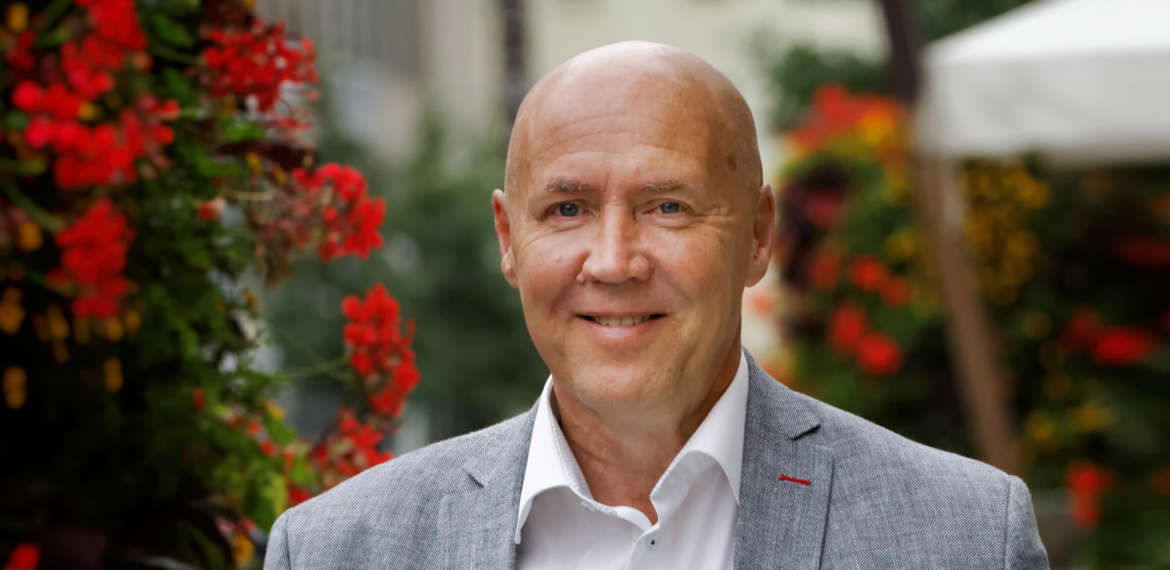Turku and the port are being developed side by side

Turku is a city characterised by the sea, seafaring, shipbuilding and port. All aspects of the sea act as important attraction factors for Turku, and our goal is to make the sea visible in the cityscape. That’s why residences are being planned closer to the sea. A good example is the conversion of the former shipyard area at the mouth of the River Aura into a high-quality residential district.
In the future, one of the most important directions for the expansion of the city-centre will be the port district. In addition to the proximity of the sea, it results from the adjusted point of view in urban planning. Previously cities grew through expansion of the area, and the growth then focused on suburbs on the outskirts. Now the growth is sought inside the cities by re-planning under-utilised areas, for example those released from industrial use. Compacting the city-centre offers an opportunity to utilise the existing infrastructure and traffic connections, which will also respond to the challenges of the municipal economy.
The Port is a part of the development corridor in Turku city-centre and holds the biggest potential for compacting the urban structure. The key item is an area of 270 hectares which has been named Linnakaupunki and is intended to be built in stages by 2040. Linnakaupunki is planned as a residential area for more than 10,000 people and a major cluster of jobs and services. The first project to be completed next to the Port is the Harppuunakortteli block opposite the Turku Castle for 500 inhabitants. There will be 12 residential blocks of flats with some business and office premises. The guideline in town planning for the building and traffic arrangements of the new areas will follow the principle of sustainable development, and thus Linnakaupunki is being developed as a district for public transport and cycling.
The effects of new buildings on the operations and development of the Port will be taken into account in the planning and implementation. The development of the inner harbour will continue as part of the Port’s core operations and the passenger operations will be structurally and functionally connected to the new structure of the rest of the area. To avoid any conflicts, the dialogue between the inhabitants and the Port will be promoted in such a way that the views of both can be naturally fitted together. Experience from good co-operation between different parties has been previously gathered e.g. in conjunction with the planning of Telakkaranta and Pansio districts. The major change of town plan for Harppuunakortteli did not cause any complaints.
Turku’s goal in town planning is to strengthen the Port’s operating conditions, because the Port of Turku creates significant added value to the City and the local businesses. The Port diversifies the local business structure and brings major new investments e.g. in the form of logistics construction. In addition, the Port enlivens the demand for retail trade and services by bringing annually millions of passengers to Turku. As an essential part of the European Union’s northern growth corridor, the Port of Turku also forms an important logistical, cultural and business policy link between Finland and the rest of Europe.
Long-term town planning ensures that a vital port will remain a living part of the City of Turku into the future.
Timo Hintsanen
The writer is the Urban Planning Director of the City of Turku.
